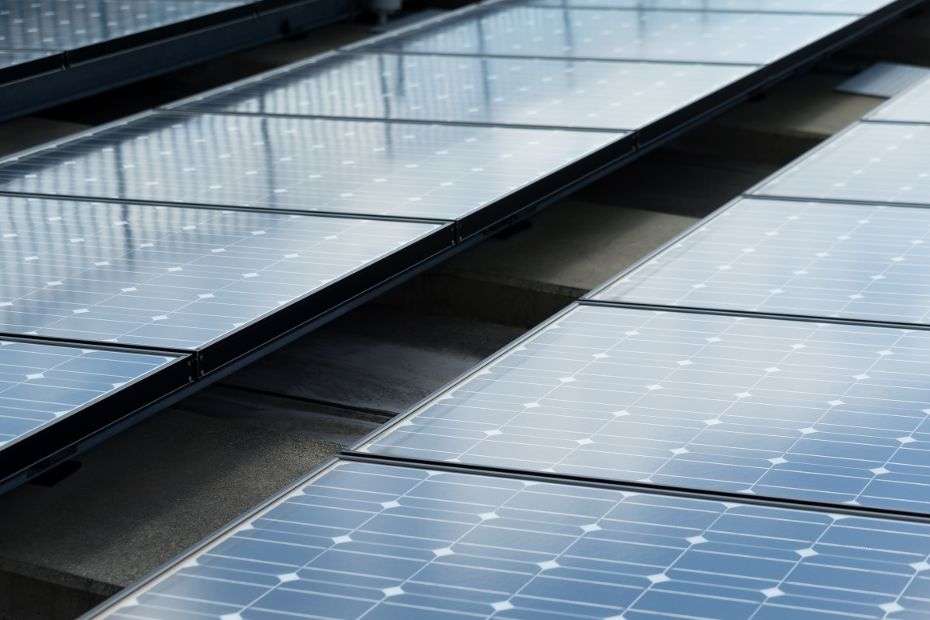There are different types of solar panels available including monocrystalline, polycrystalline, thin-film, concentrated, building-integrated photovoltaics (BIPV), and CIGS solar panels. Each type has its own characteristics, advantages, and suitability for various applications. To grasp a more intricate explanation, continue reading below.
Understanding the Basics
Solar panels, those sleek and futuristic-looking structures adorning rooftops and fields, are the unsung heroes of the renewable energy world. These unassuming panels harness the power of the sun to generate electricity, and they come in a variety of types, each with its own unique characteristics and benefits. In this section, we’ll delve into the fundamental principles behind solar panels and explore some of the diverse options available in the market.
At their core, solar panels operate on the principle of photovoltaics, a process that converts sunlight directly into electricity. This miraculous transformation occurs within the solar cells, where sunlight excites electrons, causing them to move and generate an electric current. The key player in this process is semiconductor material – most commonly silicon – which is incorporated into solar cells. These cells are grouped together to form solar panels, and when exposed to sunlight, they begin their energy-conversion dance.
Now, let’s unravel the diverse tapestry of solar panel types. Monocrystalline solar panels, the aristocrats of efficiency, are crafted from single-crystal silicon, ensuring top-tier performance in limited space. On the other hand, polycrystalline panels flaunt their economical appeal, with multiple silicon crystals working together to generate power. If flexibility and innovation tickle your fancy, thin-film solar panels, made from light-absorbing layers, might just be your muse. But wait, the show doesn’t stop there! Bifacial panels capture sunlight from both their front and back sides, maximizing energy production. Concentrated solar panels, meanwhile, use lenses or mirrors to focus sunlight onto a smaller area – a solar power magnifying glass, if you will. And seamlessly integrating style and substance, Building-Integrated Photovoltaics (BIPV) elegantly embed solar panels into architectural designs.
Monocrystalline Solar Panels: Efficiency and Aesthetics
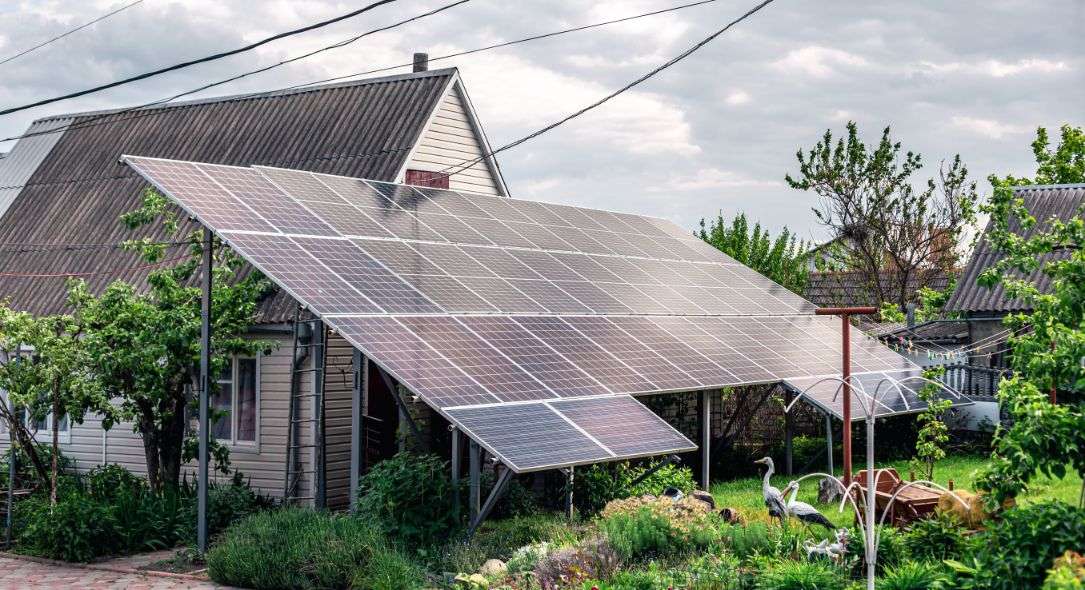
Meet the aristocrats of the solar panel realm: the monocrystalline solar panels. These sleek and efficient powerhouses have earned their reputation as the cream of the photovoltaic crop. It’s not just about their sophisticated appearance; monocrystalline panels are all about delivering top-notch performance while keeping things aesthetically pleasing.
At the heart of monocrystalline panels lies their secret weapon: single-crystal silicon. This crystal structure allows for the electrons to move more freely, translating into higher energy efficiency. In simpler terms, they squeeze more electricity out of the same amount of sunlight compared to their counterparts. Picture it as a solar panel doing a little energy-saving dance every time the sun shines.
But it’s not all about raw performance; monocrystalline panels also bring a touch of elegance to the solar game. Their uniform black appearance is not just a visual treat; it’s a design choice that resonates with modern architecture and homeowners looking to seamlessly integrate solar energy into their aesthetics. These panels can transform a rooftop into a canvas where sustainability meets style.
So, if you’re the kind who doesn’t settle for mediocrity and believes in extracting every possible watt from the sun, monocrystalline solar panels are your kindred spirits. With their efficient energy conversion and the ability to turn your solar installation into an artistic statement, they’re not just panels; they’re your ticket to a greener and more elegant energy future.
Polycrystalline Solar Panels: A Cost-Effective Option
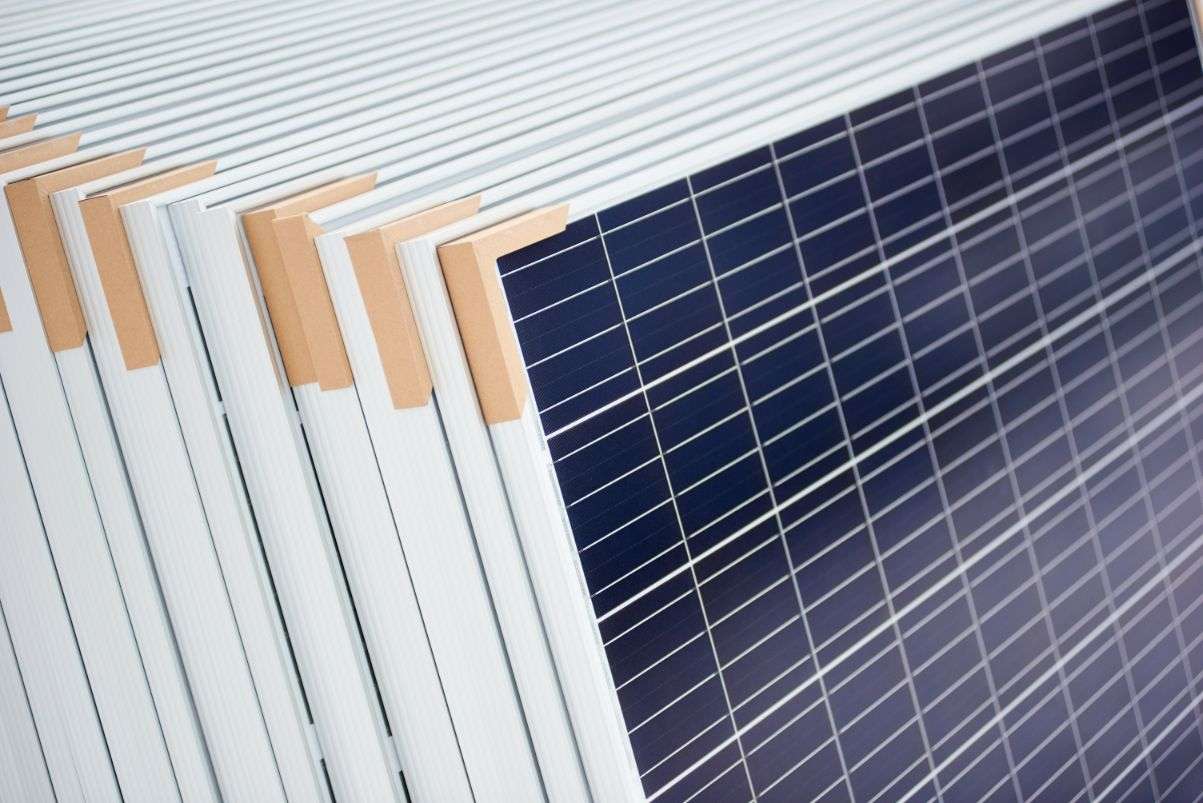
In the world of solar panels, there’s a friendly neighbor to the monocrystalline aristocrats – the polycrystalline solar panels. These panels bring their own unique charm to the solar party, offering a balance between efficiency and affordability that’s hard to ignore. If you’re looking for a practical and pocket-friendly way to harness solar energy, these panels might just be your golden ticket.
Polycrystalline panels are like the jacks of all trades in the solar world. Instead of being crafted from a single crystal structure like their monocrystalline cousins, they’re made from multiple silicon fragments molded together. This manufacturing process makes them easier and cheaper to produce, resulting in a lower price point. While they may not achieve the same peak efficiency as monocrystalline panels, they’re far from being energy underachievers. In fact, they often strike a balance between cost-effectiveness and performance that suits many homeowners’ needs.
These panels make a compelling case for those who appreciate practicality and want to maximize their investment. With their affordability and decent energy production, they bring solar power within reach for a broader range of people. So, whether you’re a budget-conscious homeowner, a sustainability enthusiast, or someone just dipping their toes into the solar waters, polycrystalline solar panels offer a reliable and wallet-friendly way to bring the sun’s energy to your doorstep.
Thin-Film Solar Panels: Flexibility and Emerging Technologies
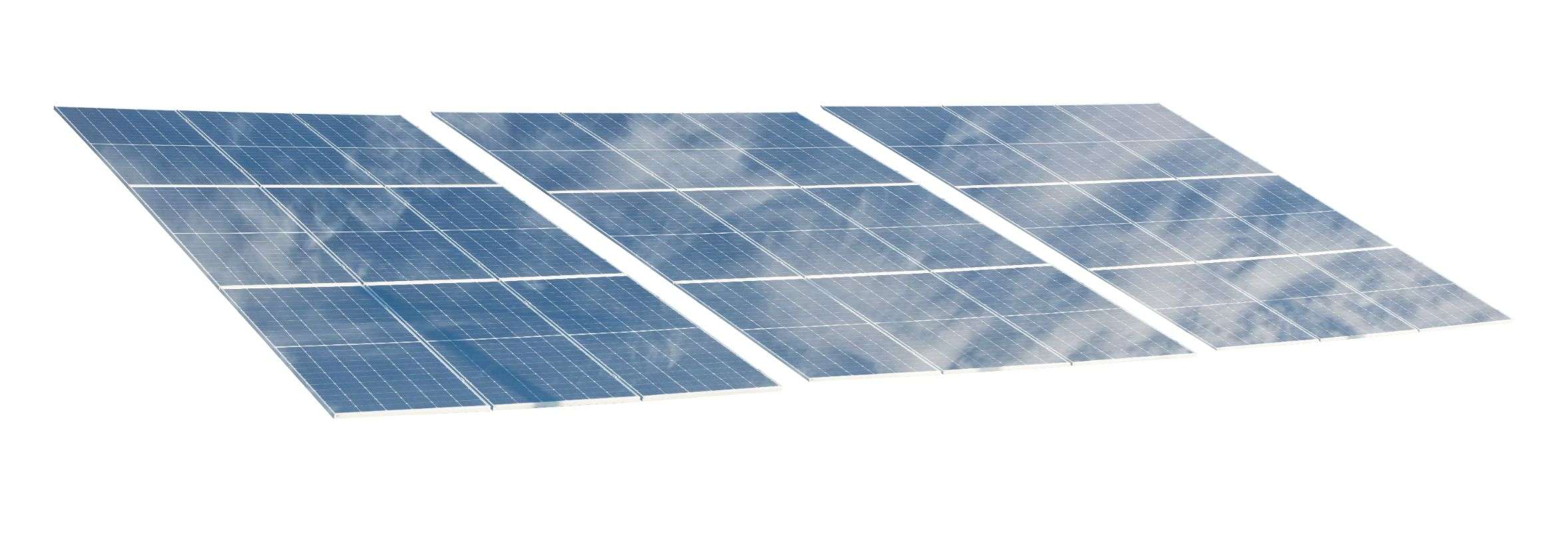
Step aside, rigid solar panels – make way for the versatile and futuristic stars of the show: thin-film solar panels. These panels are the rebels of the solar world, breaking away from the traditional mold and embracing flexibility, innovation, and the promise of emerging technologies. If you’re intrigued by the idea of solar panels that can be as thin as a whisper and as adaptable as your favorite yoga instructor, you’re in for a treat.
Imagine solar panels that are so thin they can be integrated into materials like fabric or curved surfaces like the body of a car. That’s the magic of thin-film technology. Unlike their bulkier counterparts, thin-film panels are made using a variety of light-absorbing materials, often deposited onto a flexible substrate like plastic. This means they’re not limited to rigid frames and can be integrated into unconventional designs, opening up new possibilities for solar energy integration. They’re like the chameleons of solar panels, adapting to their surroundings with grace.
But there’s more to thin-film panels than just their flexibility. They’re also at the forefront of emerging solar technologies. Researchers and engineers are constantly experimenting with new materials and production techniques to improve their efficiency and cost-effectiveness. This dynamic landscape means that thin-film panels are at the epicenter of innovation, promising a future where solar energy is not only clean and green but also sleek and adaptable.
So, if you’re someone who’s captivated by the idea of solar panels that can hug curves, fit in unexpected places, and evolve with the latest technologies, thin-film solar panels are your avant-garde companions. With their promise of flexibility, adaptability, and the excitement of the unknown, these panels are rewriting the script for solar energy in style.
Concentrated Solar Panels: Maximizing Efficiency with Optics
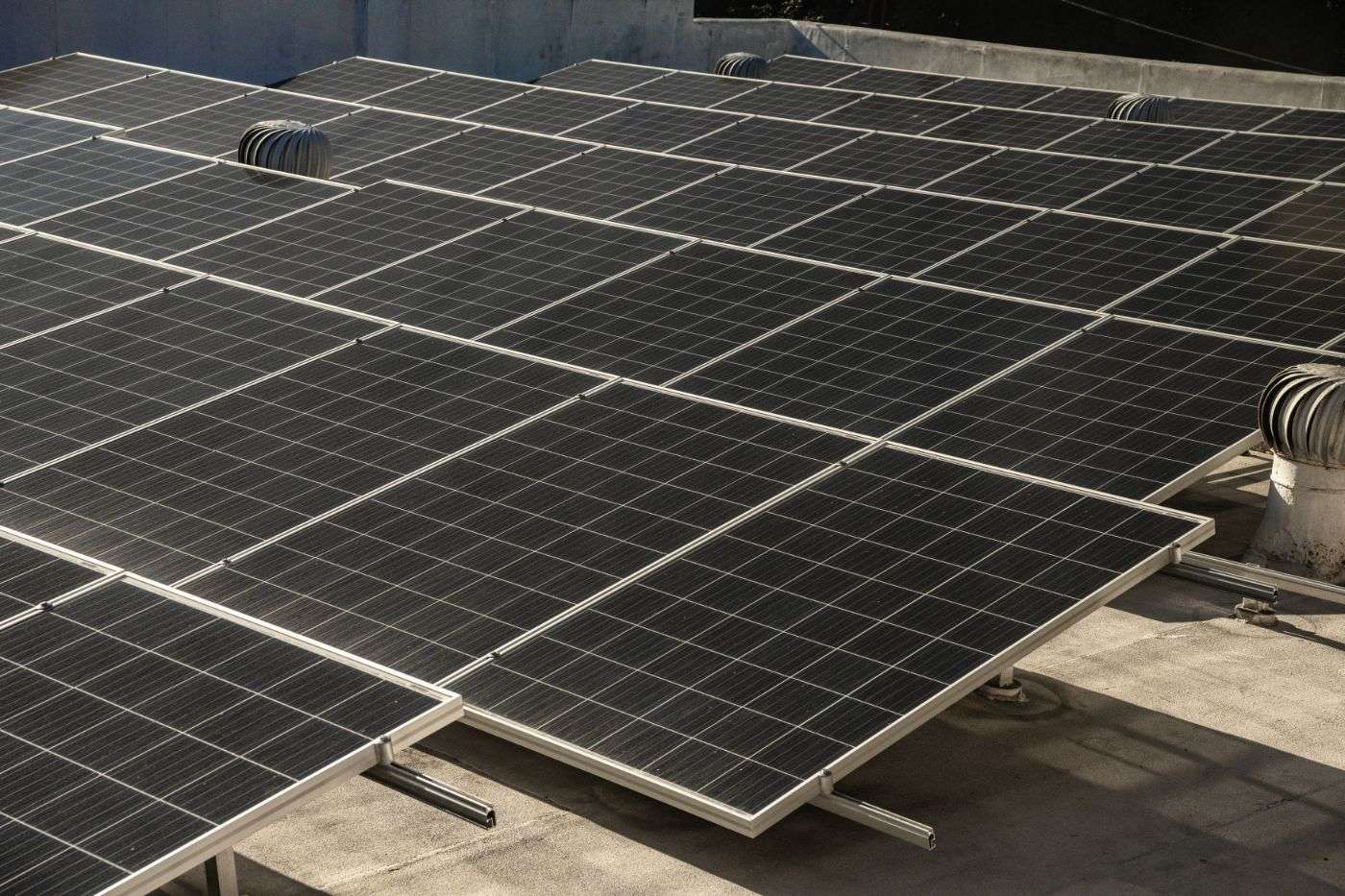
Prepare to be dazzled by the high-tech marvels of concentrated solar panels – the solar world’s equivalent of magnifying glasses on steroids. These panels take a page from the playbook of optics, using lenses or mirrors to concentrate sunlight onto a small area, effectively cranking up energy production. If you’re drawn to the idea of turning sunlight into a focused laser beam of energy, you’re about to embark on an exciting journey into the world of solar concentration.
At the heart of concentrated solar panels lies their optical wizardry. These panels employ various optical systems to capture and direct sunlight onto a smaller, highly efficient solar cell. This focused approach significantly boosts energy production, making these panels a go-to choice for situations where space is limited or where every watt of energy counts. Think of them as the solar superheroes squeezing out the maximum energy potential from each sunbeam.
But it’s not just about brute efficiency – concentrated solar panels are also paving the way for innovation. Researchers and engineers are continually fine-tuning these systems, experimenting with novel optical designs and materials to enhance performance. These efforts could potentially bring us solar panels that harness sunlight with unprecedented precision, changing the way we think about energy generation and utilization.
Building-Integrated Photovoltaics (BIPV): Seamlessly Blending Function and Design

Imagine a world where solar panels aren’t just functional energy generators but also elegant design elements seamlessly woven into the fabric of buildings. Welcome to the realm of Building-Integrated Photovoltaics (BIPV), where sustainability and aesthetics form an artistic alliance. BIPV panels aren’t just powerhouses; they’re architectural chameleons that redefine the way we think about energy-efficient structures.
BIPV takes the idea of “killing two birds with one stone” to a whole new level. These panels aren’t just tacked onto a building – they are the building. From windows that double as energy generators to facades that play hide-and-seek with solar cells, BIPV panels integrate solar technology directly into the architectural design. It’s like dressing your building in a solar-powered, energy-generating tuxedo.
Beyond their visual appeal, BIPV panels are also making a meaningful impact on energy consumption. By turning surfaces that were once merely functional into energy-generating assets, these panels contribute to the sustainable revolution in construction. With advances in BIPV technology, we’re witnessing a transformation where buildings become active participants in the fight against climate change, one sun-soaked facade at a time.
CIGS Solar Panels: Next-Generation Technology and Advantages
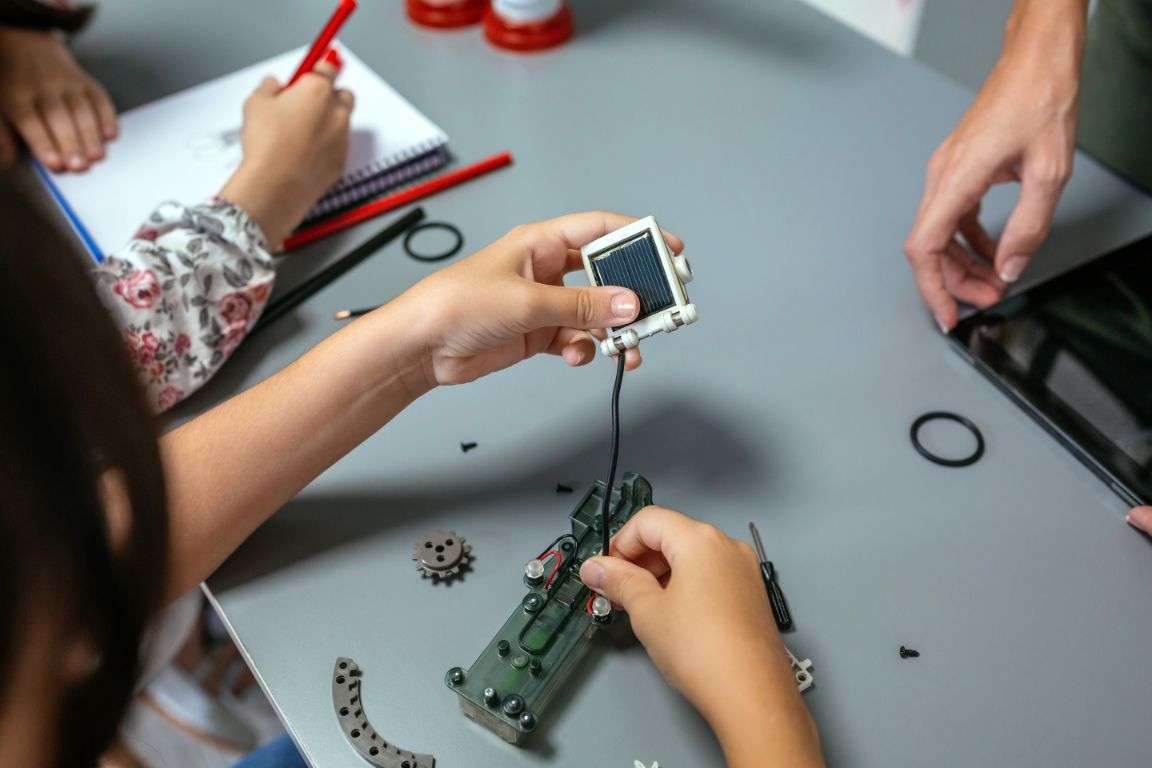
Get ready to meet the cool kids of the solar panel scene – CIGS solar panels. While they might sound like a mix of alphabet soup, these panels are cooking up a revolution in photovoltaic technology. CIGS stands for copper, indium, gallium, and selenium – a blend of materials that’s like a secret recipe for solar success. If you’re curious about what happens when cutting-edge materials meet renewable energy, it’s time to dive into the world of CIGS solar panels.
Unlike the traditional silicon-based panels that might come to mind, CIGS panels boast a flexible and lightweight design. Think of them as solar panels that can bend and sway, adapting to curved surfaces and unconventional installations. This flexibility opens up new possibilities for solar integration – imagine solar panels that can wrap around objects like a second skin or turn irregular spaces into energy-generating zones. It’s like the solar panel equivalent of “Mission: Impossible.”
But it’s not just about being the flexible acrobats of the solar world; CIGS panels also bring their A-game in terms of efficiency. Their unique blend of materials allows them to perform efficiently even under low light conditions, making them a stellar choice for regions that might not always bask in full sunlight glory. Plus, the manufacturing process for CIGS panels is more environmentally friendly compared to traditional silicon panels, aligning with the eco-conscious spirit of solar energy.
Factors to Consider When Choosing the Right Solar Panel Type

Choosing the perfect solar panel is a bit like navigating a buffet of options – each dish (or in this case, panel) comes with its own unique flavor. So, how do you pick the one that satisfies your energy appetite? Fear not, for we’ve prepared a solar smorgasbord survival guide to help you make an informed decision.
First, let’s talk about efficiency. If you’re all about squeezing every drop of sunshine for energy, monocrystalline panels might be your match. They’re like the energy-efficient marathon runners of the solar world, making the most of each photon that graces their surface. On the other hand, if you’re seeking a budget-friendly option that doesn’t compromise too much on performance, polycrystalline panels could be your go-to pick.
But it’s not just about efficiency; aesthetics and adaptability also play a role. If your rooftop is your canvas and you want your solar installation to double as an art piece, consider building-integrated photovoltaics (BIPV). These panels seamlessly blend into your architecture, making solar energy a part of your design statement. And for the bold souls who dream of solar panels bending and shaping to their architectural whims, thin-film panels might be the way to go.
Lastly, think about the environment. No, not the great outdoors – I mean the manufacturing process. If you’re a green warrior who’s all about minimizing your carbon footprint, take a closer look at CIGS solar panels. Their environmentally friendly production could align with your sustainable aspirations. To delve deeper into the world of solar panels and find the perfect fit for your energy goals, don’t forget to check out this link for our expert recommendations. Your journey to cleaner and greener energy starts here.

